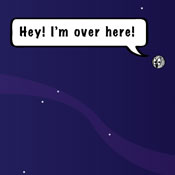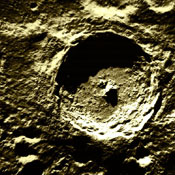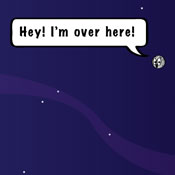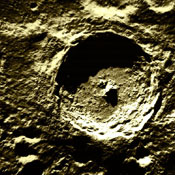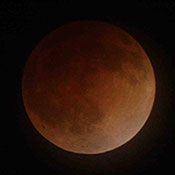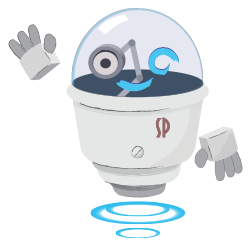
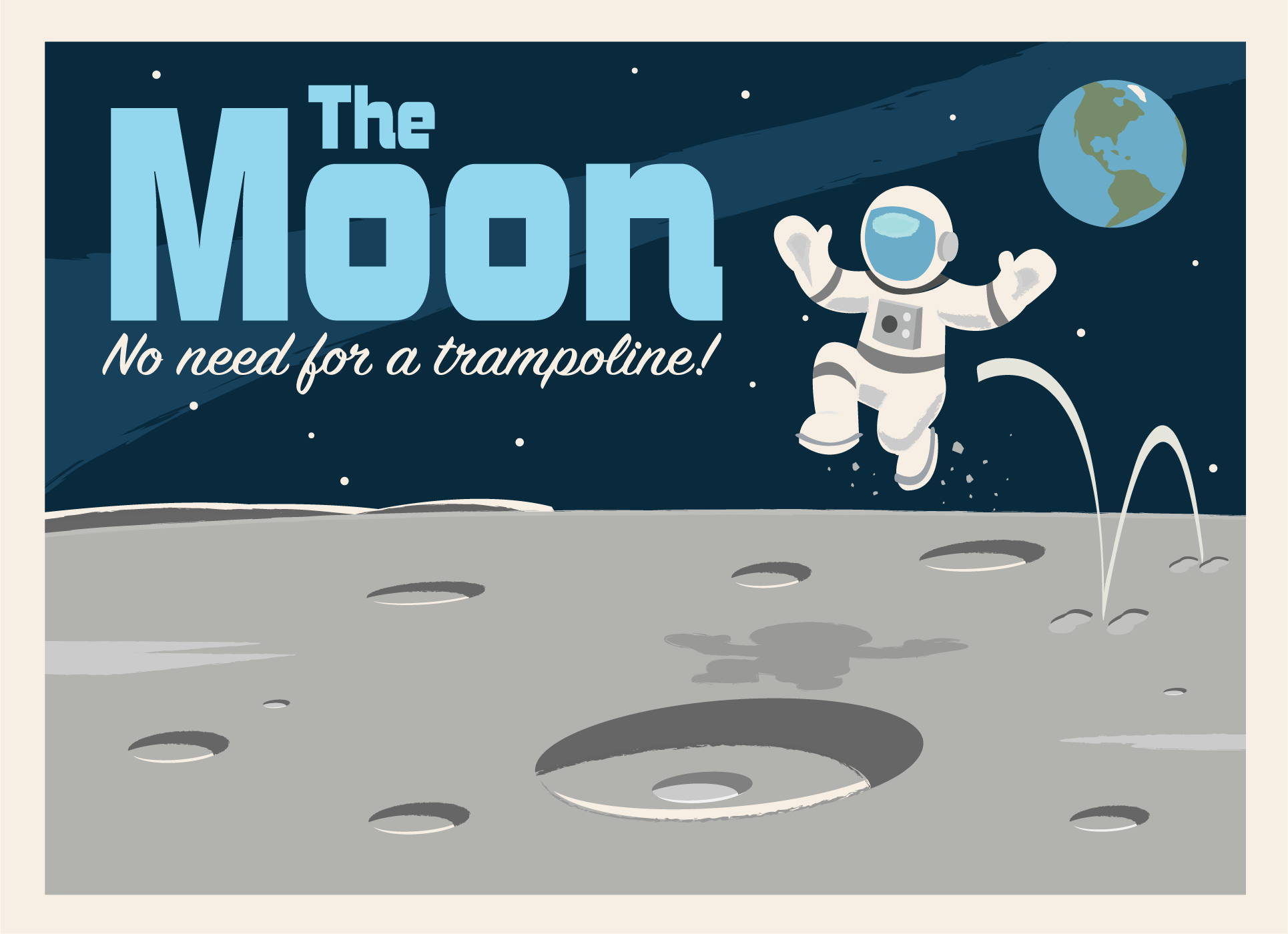
Credit: NASA/JPL-Caltech
Chances are that when you imagine the night sky, one of the first things that comes to mind is the Moon “glowing” in the darkness. The Moon has always held a special place in our imaginations and in daily life.
Explore the Moon! Click and drag to rotate the Moon. Scroll or pinch to zoom in and out. Credit: NASA Visualization Technology Applications and Development (VTAD)
It’s no wonder that we are fascinated. The Moon is Earth’s only natural satellite and one that we can easily see most nights.
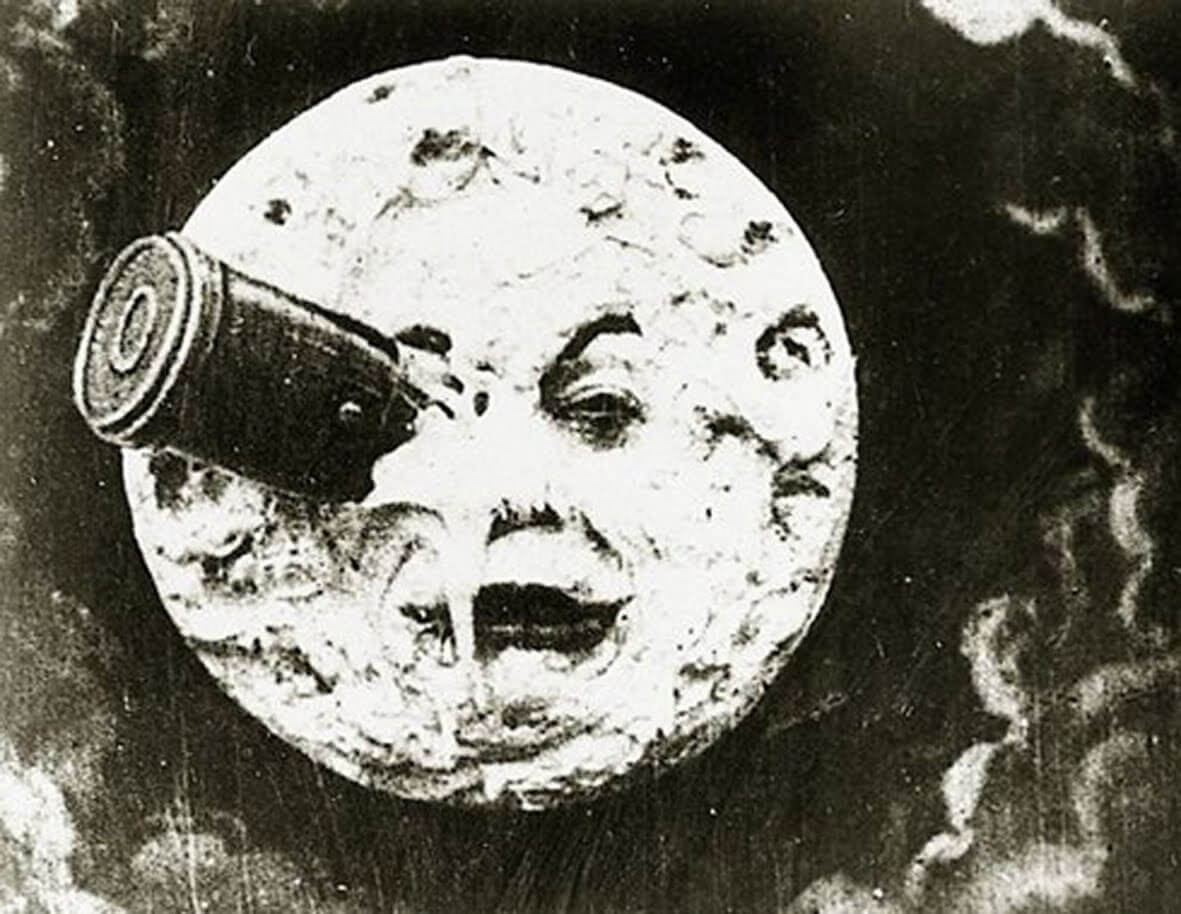
The Moon has inspired wonder and creativity for thousands of years. This image appeared in a 1902 French film called "Le Voyage dans la Lune" ("A Trip to the Moon").
What makes the Moon glow?
The Moon does not shine with its own light. It simply reflects light coming from the Sun.
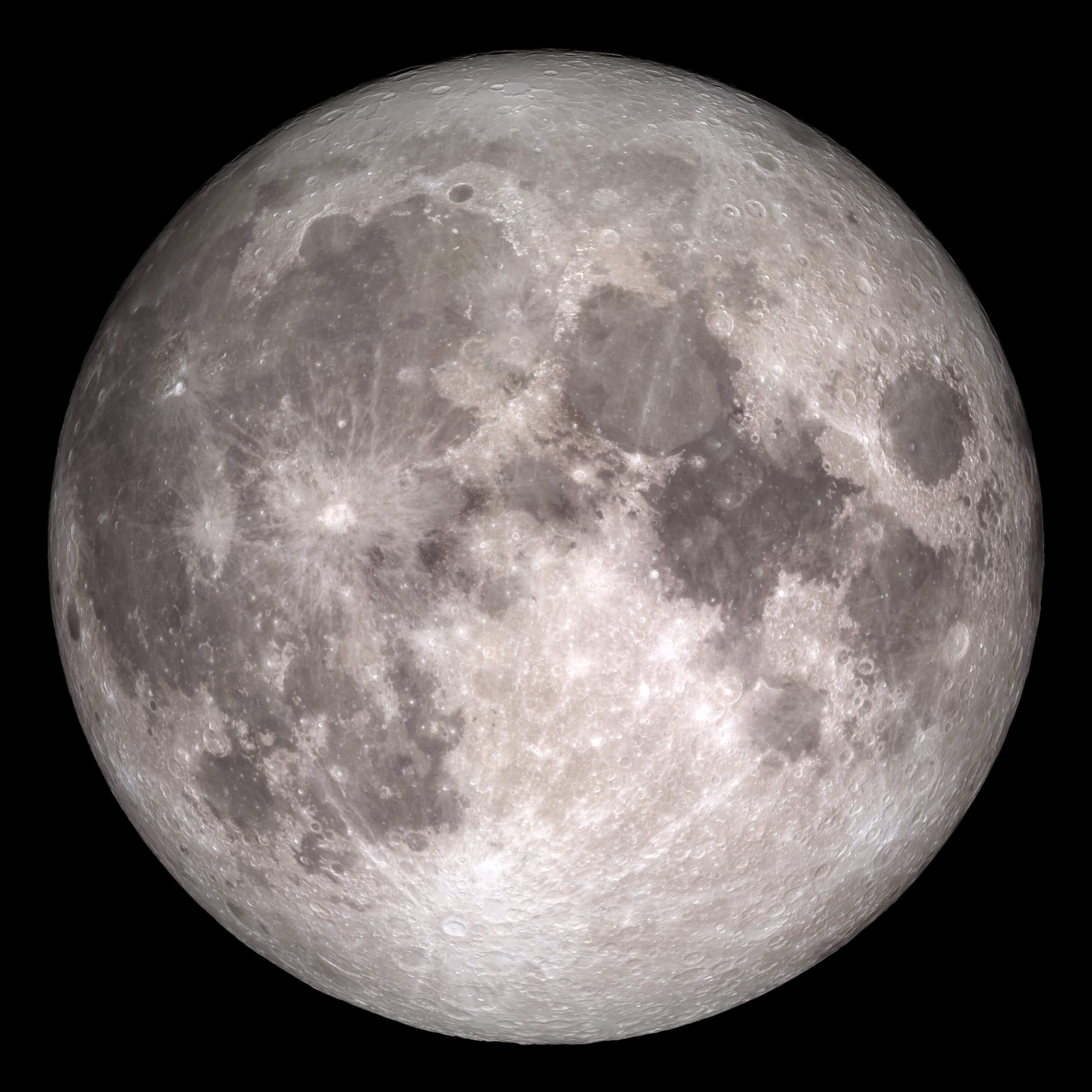
This is the face of the Moon that we see from Earth. This image is based on data from NASA’s Lunar Reconnaissance Orbiter spacecraft. Credit: NASA/GSFC/Arizona State University
Why does it look like the Moon is changing shape?
From Earth, it might look like the Moon is changing shape each night – from a tiny sliver to a half moon to a full moon and back again. What’s actually happening is that from our spot on Earth, we see different parts of the Moon lit up by the Sun as the Moon travels in its orbit.
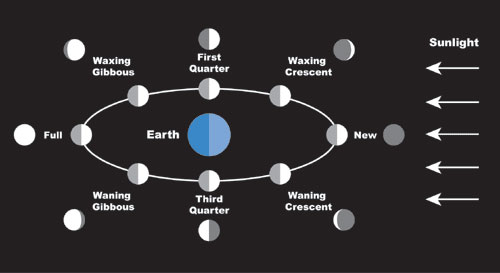
As the Moon travels around Earth, different parts of it are lit up by the Sun. These changes in the Moon's appearance from our view on Earth are called moon phases. This graphic shows all eight moon phases we see as the Moon makes a complete orbit of Earth about every four weeks. Credit: NASA/JPL-Caltech
Is there actually a “dark side" of the Moon?
No. The Moon rotates on its own axis at the same rate that it orbits around Earth. That means we always see the same side of the Moon from our position on Earth. The side we don't see gets just as much light, so a more accurate name for that part of the Moon is the "far side."
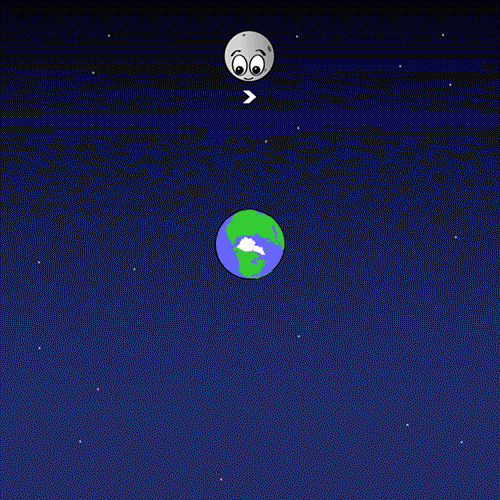
We only ever see one side of the Moon because as it orbits around Earth, it also rotates on its own axis at the same speed. Credit: NASA/JPL-Caltech
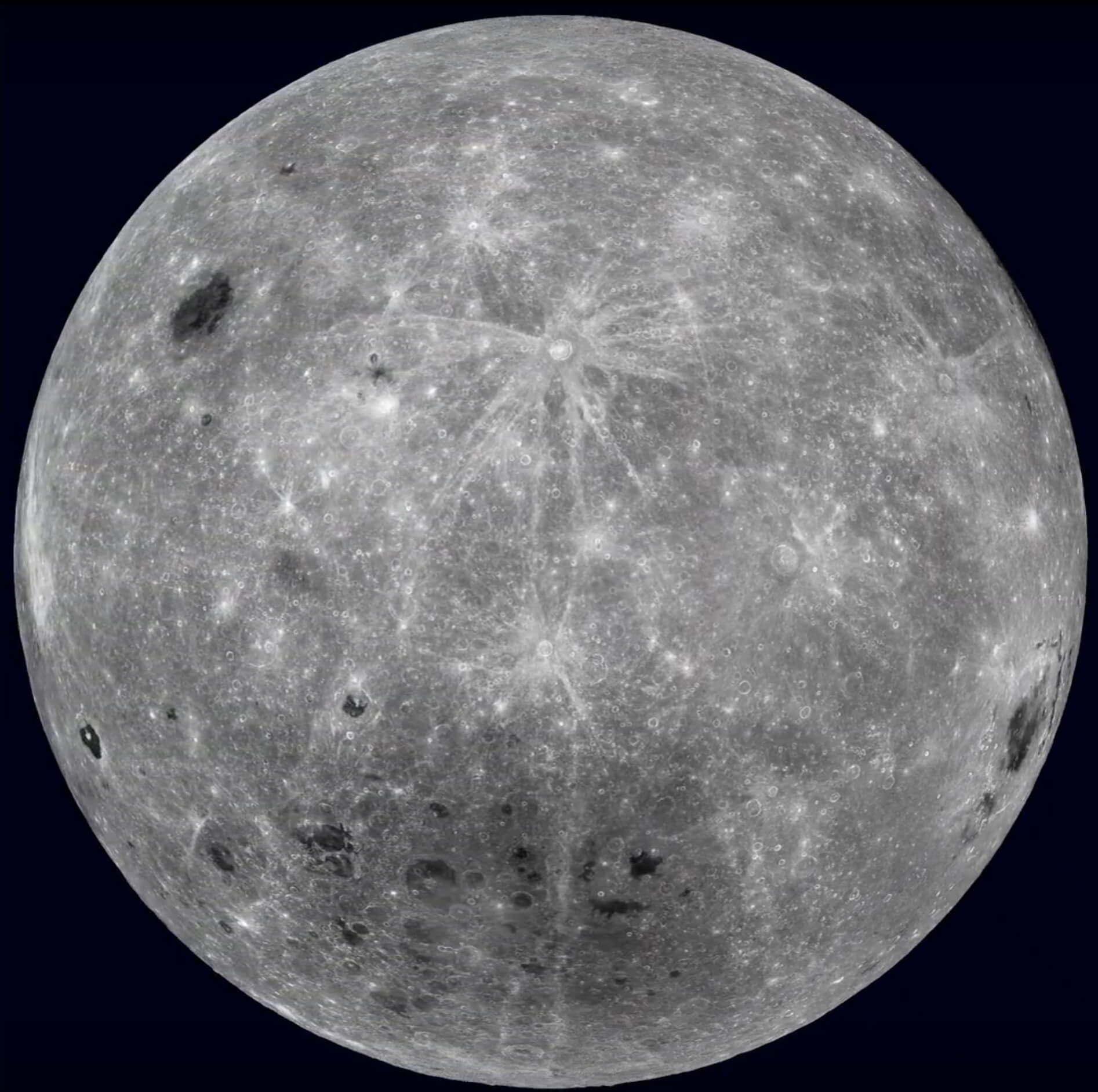
The "far side" of the Moon looks very different than the near side (see the first photo in this article). Notice how few dark areas the far side has. This image is based on data from NASA’s Lunar Reconnaissance Orbiter spacecraft. Credit: NASA/Goddard Space Flight Center/Arizona State University
How did the Moon form?
Scientists believe that the Moon formed early in the solar system’s history after Earth and an object about the size of Mars smashed into each other. The impact sent chunks of Earth and the impactor into space that were pulled together by gravity, creating the Moon.
How do we study the Moon?
Even thousands of years ago, humans drew pictures to track the changes of the Moon. Later, people used their observations of the Moon to create calendars.
Today, we study the Moon using telescopes and spacecraft. For example, NASA's Lunar Reconnaissance Orbiter has been circling the Moon and sending back measurements since 2009.
The Moon is the only other planetary body that humans have visited. On July 20, 1969, NASA astronauts Neil Armstrong and Buzz Aldrin were the first people to set foot on the dusty surface of the Moon. Ten other American astronauts followed. They collected hundreds of pounds of lunar soil and rock samples, conducted experiments and installed equipment for follow-up measurements.
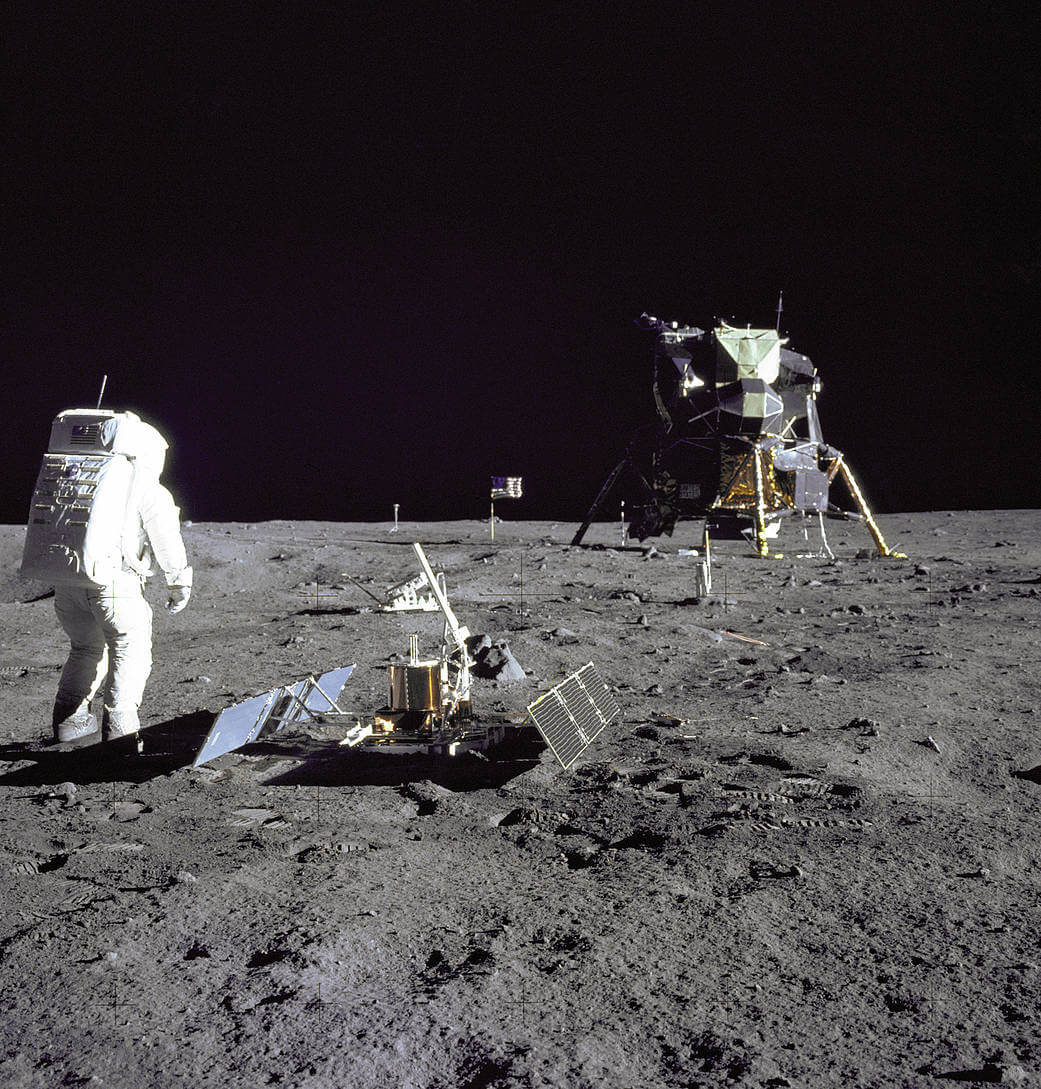
Astronaut Buzz Aldrin set up several scientific experiments while on the surface of the Moon during the historic Apollo 11 mission. You can see the lunar module, “Eagle,” in the background. Credit: NASA
What do we know about the Moon?
Today, we know that the Moon is covered by craters as well as dust and debris from comets, asteroids and meteoroid impacts. We know that the Moon’s dark areas, called maria – which is Latin for seas – are not actually seas. Instead, they are craters that lava seeped into billions of years ago. We know that the Moon has almost no atmosphere and only about one-sixth of Earth’s gravity. We even know that there is quite a bit of frozen water tucked away in craters near the Moon's poles.
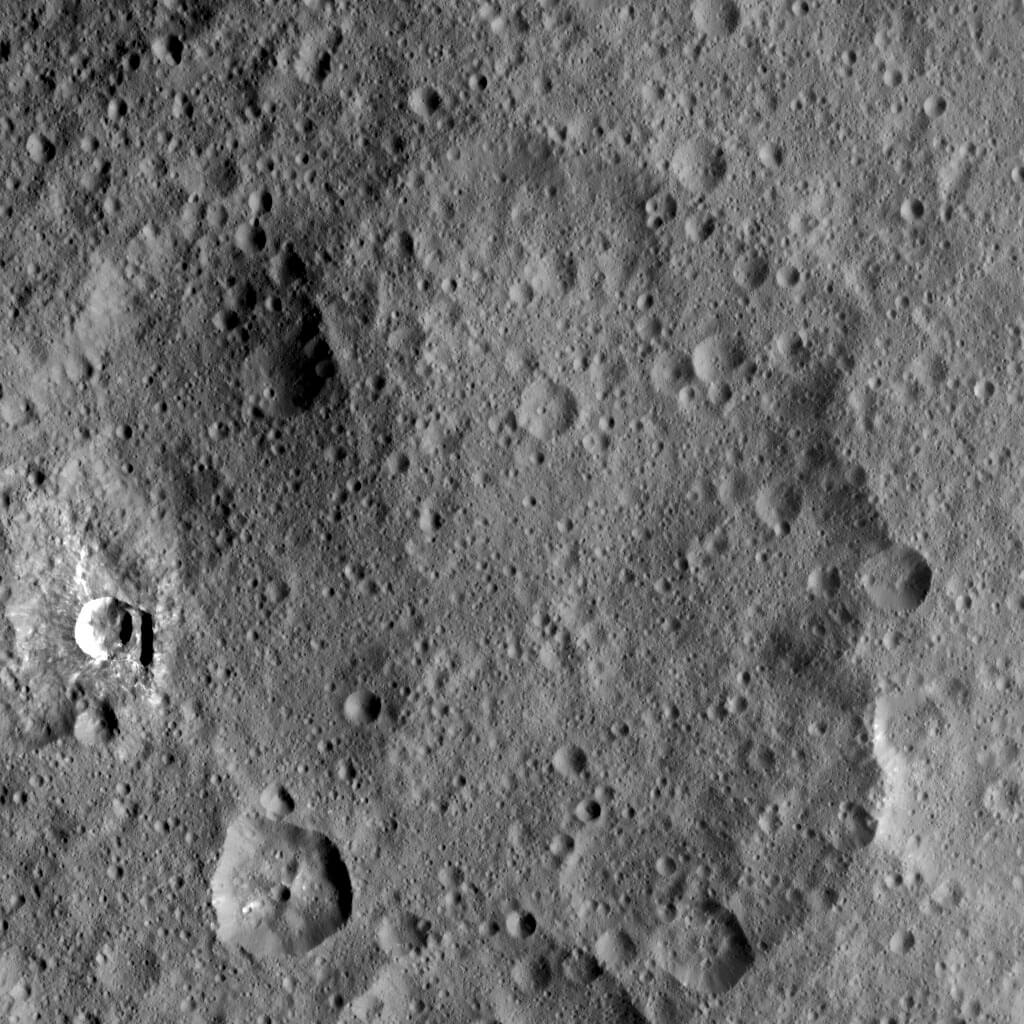
There is no wind or air on the Moon to help “erase” craters, so the surface is covered with the remains of old and new impacts. Credit: NASA/JPL-Caltech/UCLA/MPS/DLR/IDA
There are still many questions left to answer about the Moon. And the most exciting days of lunar activity may still lie ahead as NASA sends humans on the next missions to the Moon and eventually on to Mars!



